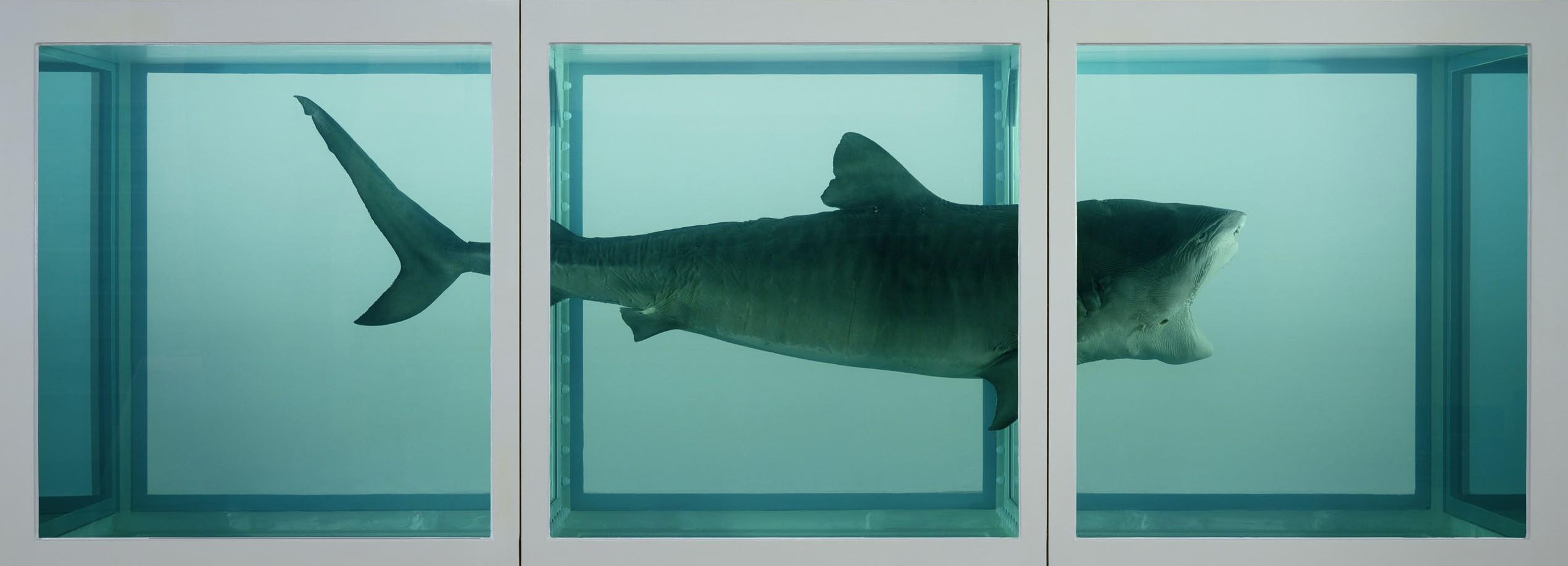Although I was incredibly intrigued by all of the poems in Striven, The Bright Treatise by Jeffrey Pethybridge I would have to say the two I found most interesting visually were the pull out poem The Sad Tally on pages 149-150 and the “final” poem Fathom-Line that starts on page 168.
I found this book deeply personal which of course made me very taken with it, wanting to know the story and meaning behind every single poem. The Sad Tally reads side to side, which makes it difficult to follow and allows for different readings. It a map of the Golden Gate bridge, with each letter supposedly representing one suicide at that certain place on the bridge, although it is not one hundred percent accurate. In Fathom-Line, it is written in a line straight down the page which made me wonder if it was supposed to represent a person falling from the Golden Gate Bridge.

Golden Gate bridge at sunset
However, my favorite poem from the book overall would probably have to be Lower Limit Song, The Chord from page 123. In this poem, Pethybridge is describing his brother on the day that he committed suicide in comparison to the setting and what was happening around him. This poem is deeply sad, stating how the day was red, possibly like blood, and it was rainy and dismal outside. Pethybridge notes how the birds “sang their tired vesper strain.” Vespers is a sunset prayer service within the Catholic church, so this possibly means that the setting was red because the sun was setting, which is a very sad time of day. The repetition of the word tired to describe the birds’ song and his brother’s hands emphasize the feeling in the moment. This poem’s repetition of certain words such as red, tired, sentry, departed, etc. really allows the reader to visualize the San Francisco bay as he committed suicide.
I would love to know how this book of poetry worked as a healing process for Pethybridge.




